With the start of fire season weeks away, more than 242,000 acres have already burned in California – about double the typical area for this time of year, according to statistics from the state Department of Forestry and Fire Protection.
The number of fires that have started so far is typical for this time of summer, but the intense heatwaves of early summer have dried out the landscape and increased the risk of wildfires, turning a seasonal outlook that seemed relatively rosy into a big question mark.
“The wildfire situation across the West has continued to worsen and, unfortunately, I think it will worsen considerably further in the coming days,” said Daniel Swain, a climate scientist at UCLA and the National Center for Atmospheric Research, in a briefing on Thursday. “The last 30 days have been the hottest period on record for a large portion of California and the West.”
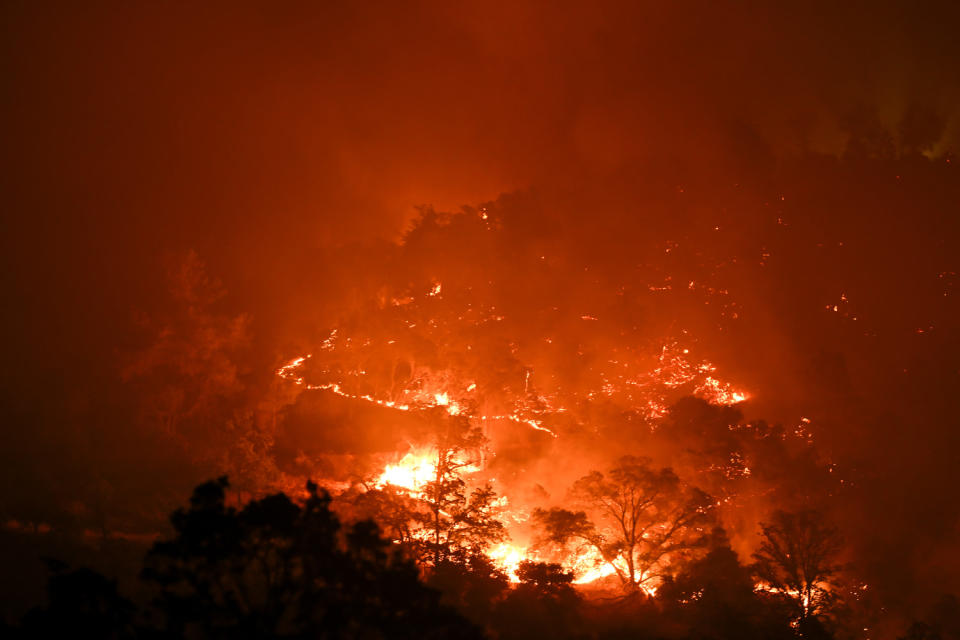
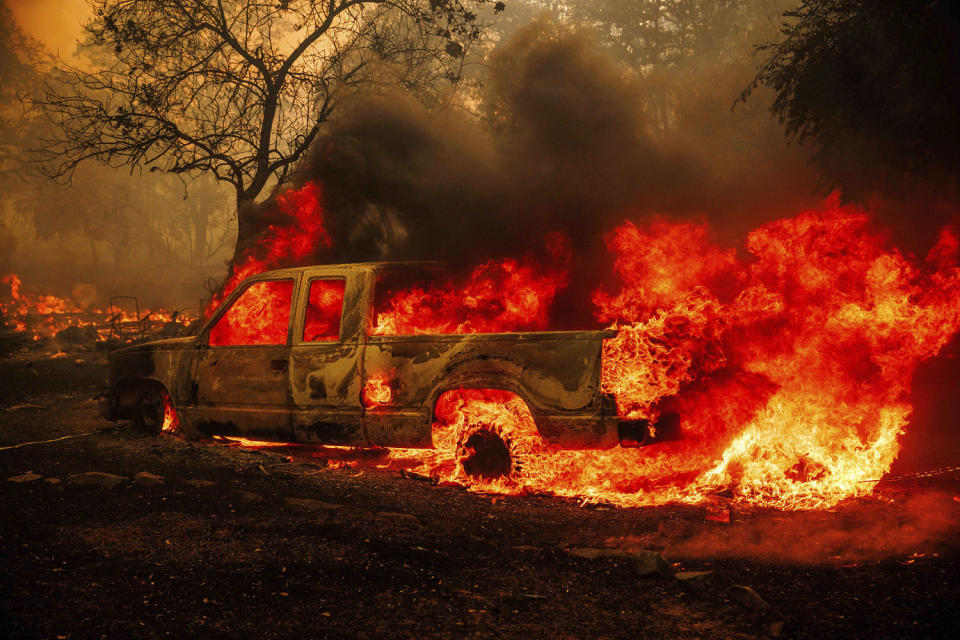

More than 2,000 firefighters are assigned to the Lake Fire northwest of Santa Barbara, which started on July 5th and took off quickly in the tall grass. It has grown to more than 38,000 acres and is now 73% contained. Another 2,900 firefighters are working to control the Shelly Fire, which has already burned more than 15,000 acres on the east side of the Klamath National Forest.
As California has experienced two consecutive wet winters, the National Interagency Fire Center has predicted modest fire activity in the state this summer and fall. But the agency updated its seasonal forecast this monthsaying that the heat quickly healed the grasses that grew during the rainy weather.
“We had, you know, two really great winters where atmospheric rivers came in and really helped lift California out of drought. But the flip side of that is we now have a lot of extra grass and brush that has dried out and is ready to burn,” said Kaitlyn Trudeau, senior research associate at Climate Central, a nonprofit research organization.
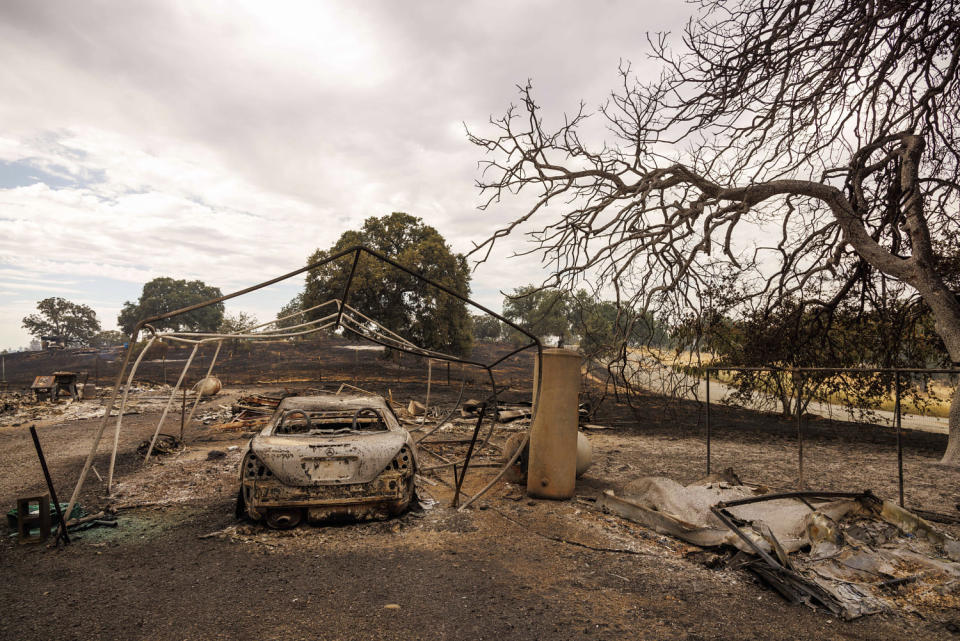

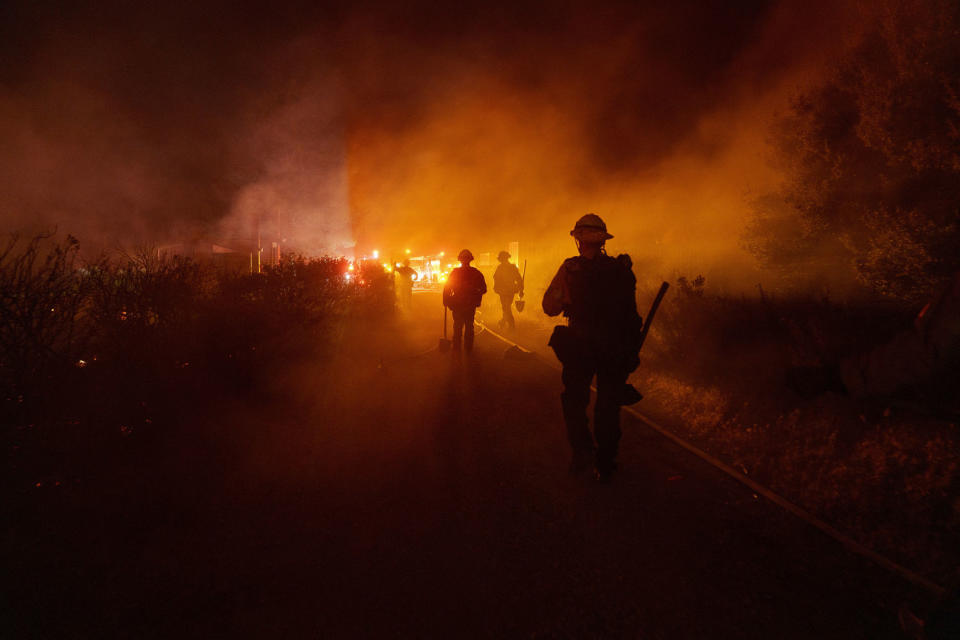

Swain said recent outbreaks of “dry lightning” – coming from storms that do not produce rain – are particularly worrying because long-range forecasts suggest another heat wave could grip the region in late July and amplify any existing fires. .
Recent analysis from satellite monitoring company Maxar suggests that soil moisture levels declined in California between early June and July 15, and that temperatures in the same period were about 5 degrees Fahrenheit warmer than in 2020. .
That year, California entered the month of June with a drought outlook and wildfire risk profile similar to this year. Then, more than 10,000 lightning strikes hit California over three days in mid-August, sparking dozens of fires. Spurred by a heat wave, many of these fires grew quickly and eventually turned into three separate complex fires. One of them, the August Complex, primarily affected the Mendocino National Forest and alone burned more than 1 million acres.
In all, 33 people in California died in the 2020 wildfires and 4.5 million acres were burned.
“It’s really worrying to see these statistics because it’s only mid-July. And when we think about the huge lightning storm of 2020, that was in August,” Trudeau said of this year’s first data. “We are already starting to see some dry lightning storms. So we really have a long way to go to finish this year.”
In the United States, more than a million acres have burned so far this year in total, and 54 large fires are currently being suppressed, according to the National Interagency Fire Center.
The wildfire season is off to an early and busy start in the Pacific Northwest, especially in Oregon, which has several large fires burning in remote areas.
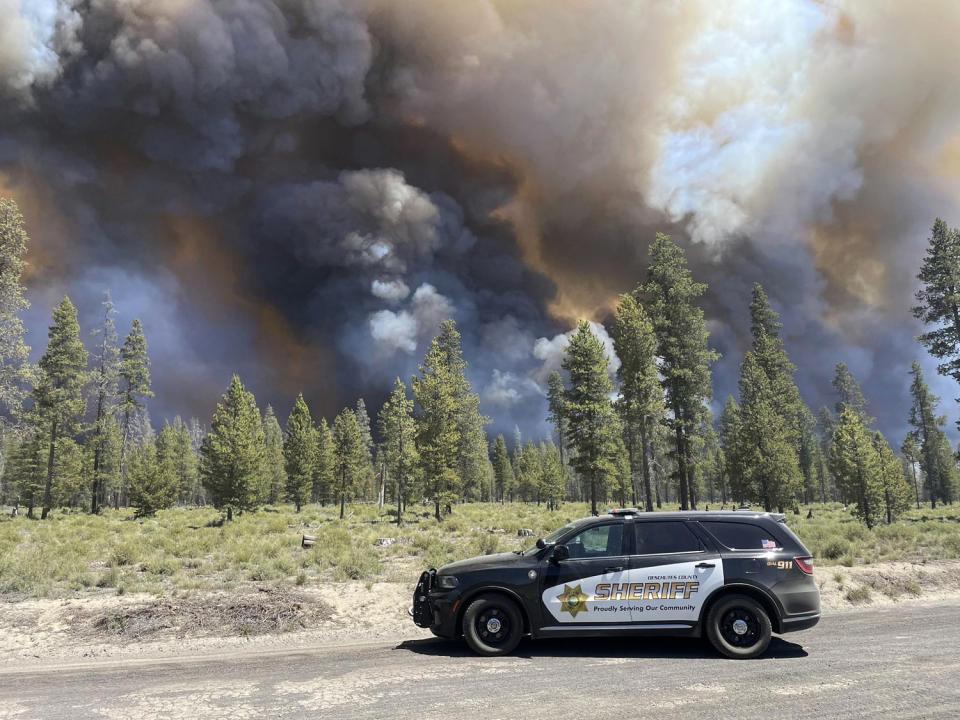

Nearly 1,600 firefighters are working to contain the 114,000-acre Falls Fire in Eastern Oregonand another 600 were fighting the 83,000-acre Lone Rock Fire in the central part of the state, about 40 miles south of the Columbia River. Another fire – the Cow Valley Fire – struck burned more than 130,000 acres near the Oregon-Idaho border.
Meanwhile, a small fire caused by lightning shut down Highway 20 in northern Washington state Thursday. In other parts of the state, smoke from Pioneer Fire, along the east shore of Lake Chelanit was making the air quality unhealthy in the area.
As of Tuesday, more personnel had been deployed to fight wildfires than in any of the last five years, according to National Interagency Fire Center data.
This article was originally published in NBCNews. with








/cdn.vox-cdn.com/uploads/chorus_asset/file/25571280/2408_Home_007578fb33c931bba638.png?w=300&resize=300,300&ssl=1)
























